
The Ajanta Caves Maharashtra India, are 29 rock-cut cave monuments which date from the 2nd century B.C. The caves include paintings and sculptures considered to be masterpieces of both Buddhist religious art (which depict the Jataka tales) as well as frescos which are reminiscent of the Sigiriya paintings in Sri Lanka. The caves were built in two phases starting around 200 B.C, with the second group of caves built around 600 A.D.
Ellora is an archaeological site, 30 km from the city of Aurangabad in the Indian state of Maharashtra, built by the Rashtrakuta rulers. Ellora represents the epitome of Indian rock-cut architecture. The 34 "caves" actually structures excavated out of the vertical face of the Charanandri hills: being Buddhist, Hindu and Jain rock-cut temples and monasteries, were built between the 5th century and 10th century. The 12 Buddhist caves, 17 Hindu caves, and 5 Jain caves, built in proximity, demonstrate the religious harmony prevalent during this period of Indian history. These structures consist mostly of viharas or monasteries: large, multi-storeyed buildings carved into the mountain face, including living quarters, sleeping quarters, kitchens, and other rooms. Some of these monastery caves have shrines including carvings of Buddha, bodhisattvas and saints. In many of these caves, sculptors have endeavoured to give the stone the look of wood.
The Elephanta Caves are a network of sculpted caves located on Elephanta Island, or Gharapuri (literally "the city of caves") in Mumbai Harbour. The island, located on an arm of the Arabian Sea, consists of two groups of caves: the first is a large group of five Hindu caves, the second, a smaller group of two Buddhist caves. The Hindu caves contain rock cut stone sculptures, representing the Shaiva Hindu sect, dedicated to the god Shiva. The rock cut architecture of the caves has been dated to between the 5th and 8th centuries, although the identity of the original builders is still a subject of debate. The caves are hewn from solid basalt rock. All the caves were also originally painted in the past, but now only traces remain.
 |
 |
 |
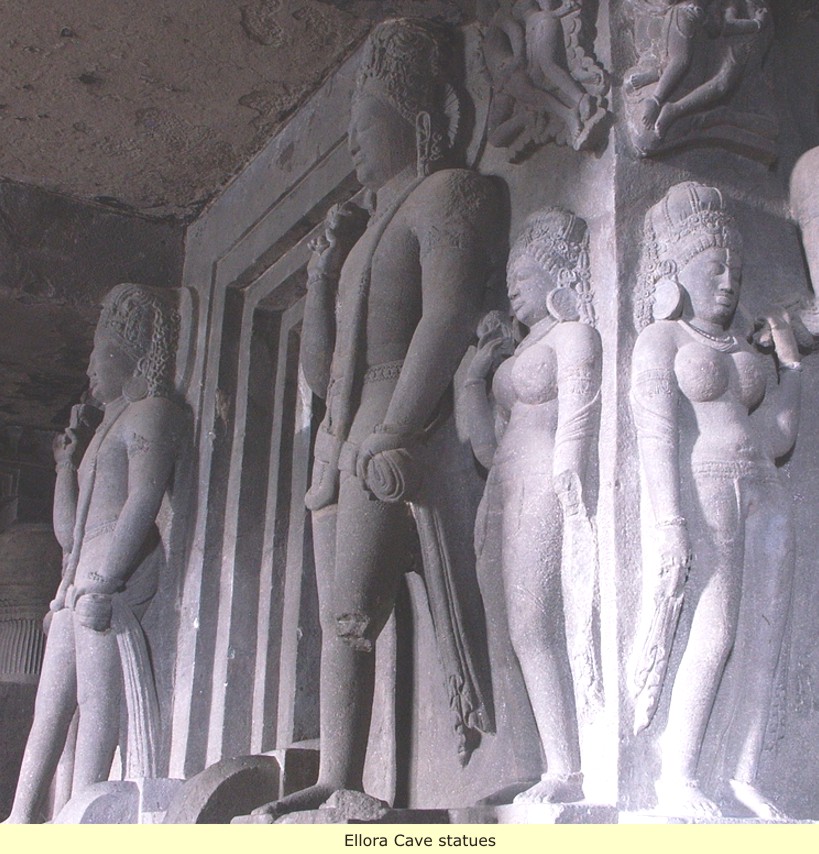 |
 |
 |
 |
 |
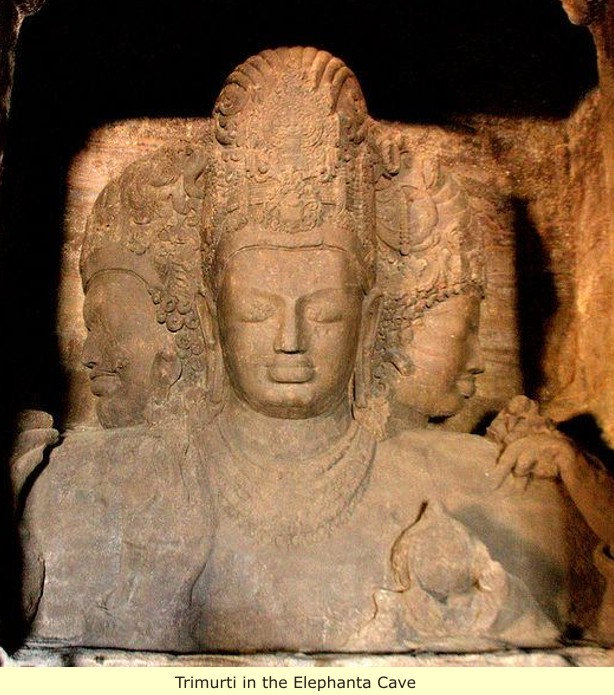 |
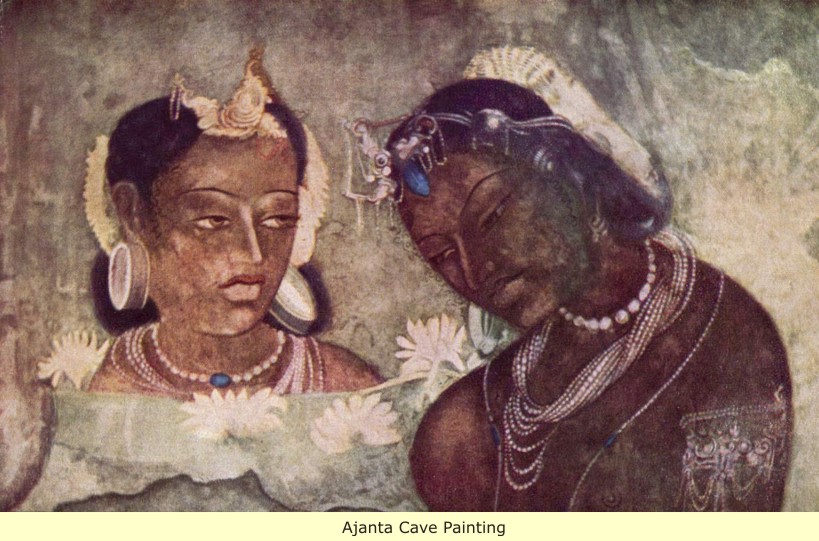 |
 |
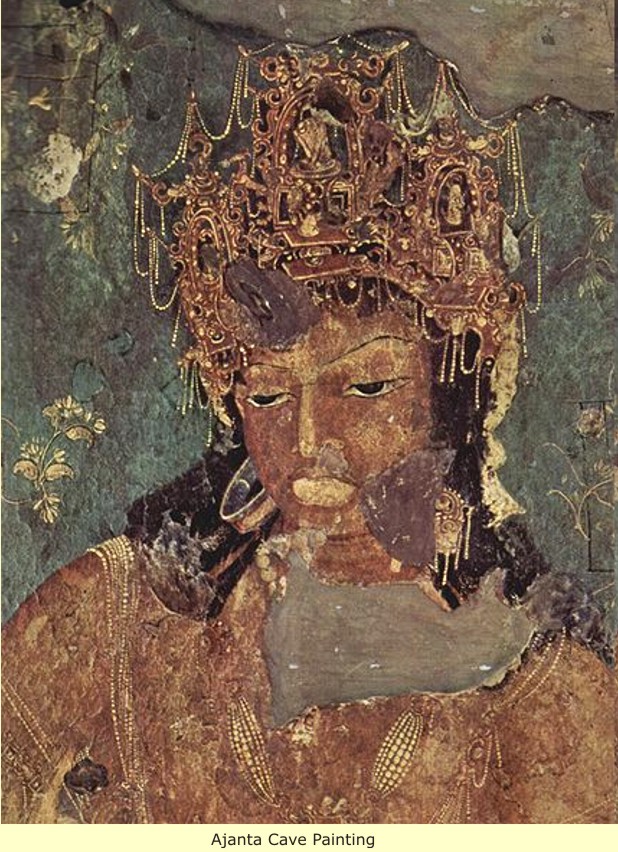 |
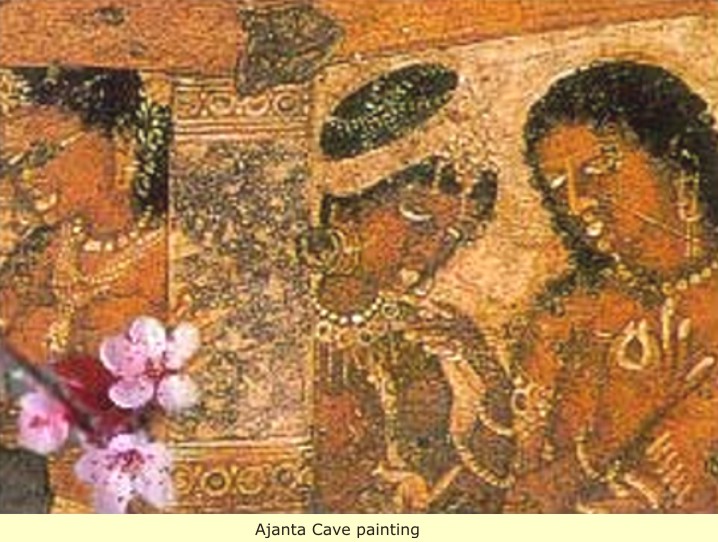 |
 |
 |
 |
 |
 |
 |
| Click for Realhistoryww Home Page |